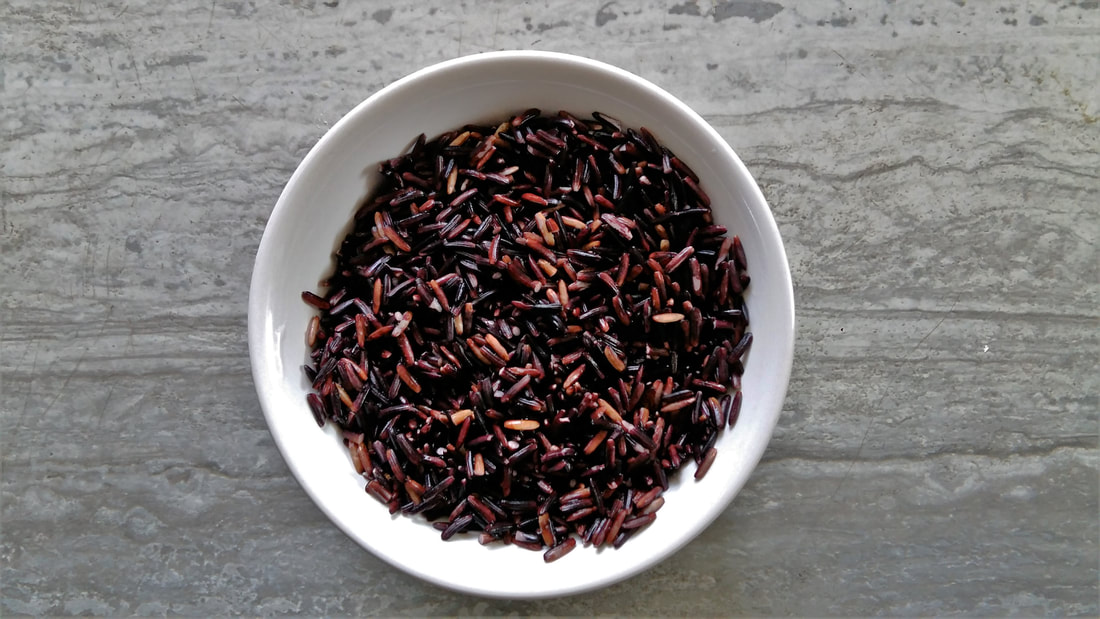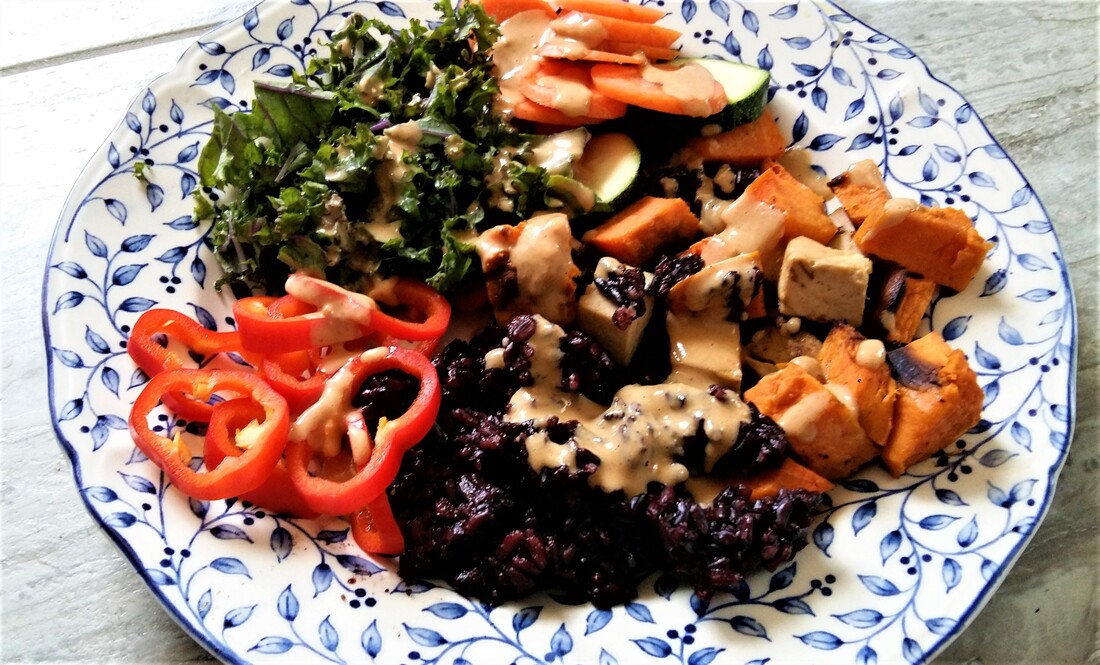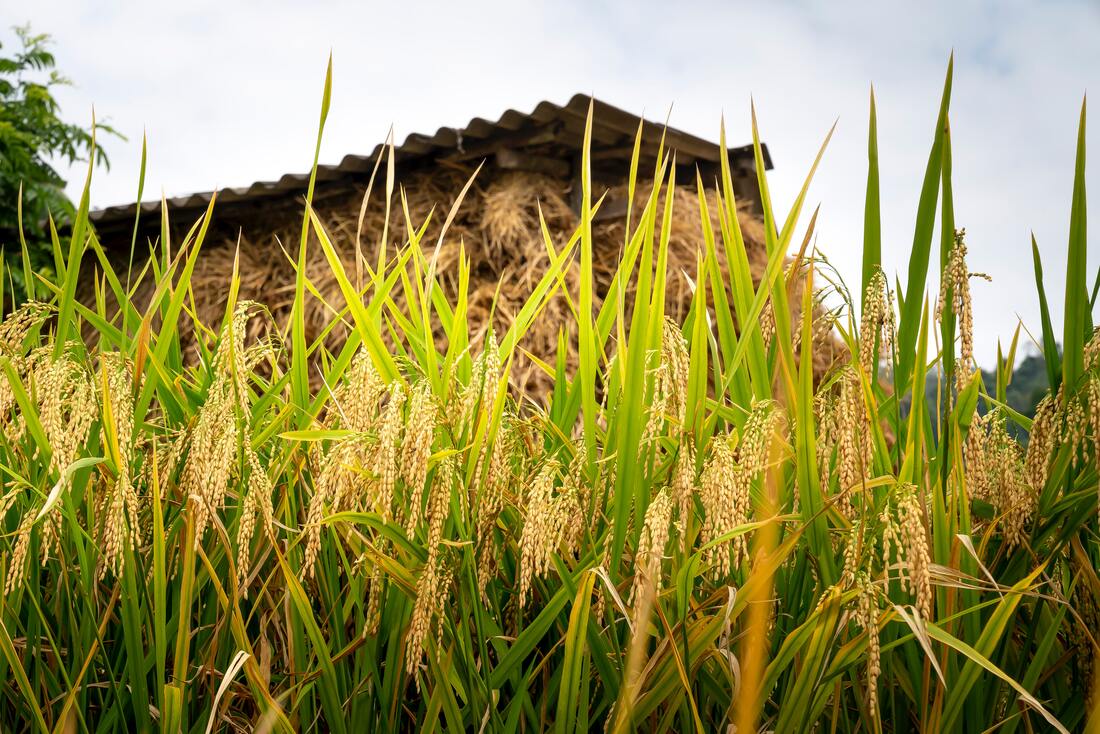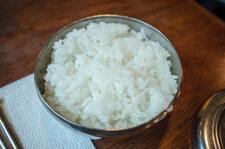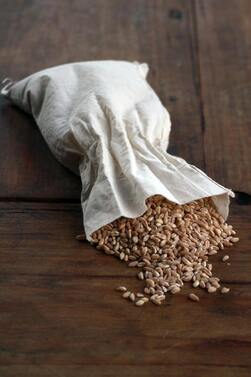Like brown rice, black and red rice is full of antioxidant-rich bran, which is found in the outer layer that gets removed during the milling process to make white rice. But unlike healthy brown rice, black and red rice bran contains the antioxidant anthocyanins, The purple and reddish pigments, also found in blueberries, grapes, and acai. Eating foods high in anthocyanins have been linked to a decreased risk of heart disease and cancer, improvements in memory, and other health benefits.
One spoonful of black rice bran or apx 10 spoonfuls of cooked black rice, contains the same amount of anthocyanin as a spoonful of fresh blueberries, according to a new study presented at the American Chemical Society, in Boston.
Some antioxidants in black and brown rice are fat-soluble, while anthocyanins in black & red rice are water-soluble and can therefore reach different areas of the body.
Anthocyanins are the largest group of water-soluble pigments in the plant kingdom and belong to the family of compounds known as flavonoids. Major sources of anthocyanins are blueberries, cherries, raspberries, strawberries, black currants, purple grapes and red wine, along with black and red rice.
In recent years several studies have shown that anthocyanins display a wide range of biological activities including antioxidant capacity, anti-inflammatory, antimicrobial and anti-carcinogenic activities. In addition they display a variety of effects on blood vessels, platelets and lipoproteins able to reduce the risk of coronary heart diseases.
These benefits coupled with whole foods in-tacked fibre, is excellent for heart health, gut health, let's just say whole body health!
Brown, black & red rice is much chewier than white rice which is a great practice to slow down at the dinner table, chew carefully, and enjoy the added benefits. This aids better digestion and helps you to stay fuller for longer, keeping calories and blood sugar in better check.
I love the taste and texture, and love it along side a pile of veggies and a delicious fresh made sauce like spicy peanut, or a fresh lemon, maple cilantro.
To read more about the many types of rice, their benefits and variety, click here.
Working on your heart or gut health?
Call the office for a free 20 min discovery call, I'm taking on new clients this summer.
In Health & Happiness,
Rebecca
References;
https://www.ncbi.nlm.nih.gov/pubmed/18209270
